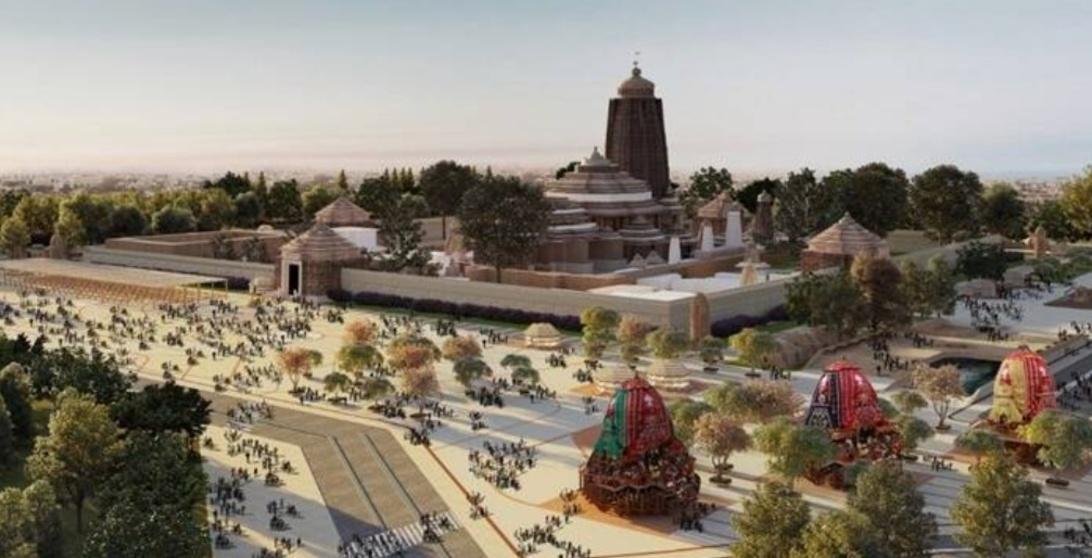Free Courses Sale ends Soon, Get It Now


Free Courses Sale ends Soon, Get It Now



Copyright infringement is not intended
Context:
A controversy has sparked over the Puri Heritage Corridor Project of the Odisha government. The concern was raised that the undergoing construction work around the Jagannath Temple can affect the structural stability of the temple.
What is the Puri Heritage Corridor Project?
Why ASI is objecting to construction work?
About Jagannath Temple:
https://www.thehindu.com/society/history-and-culture/jagannath-temple-heritage-corridor-controversy-explained/article65438863.ece
© 2024 iasgyan. All right reserved